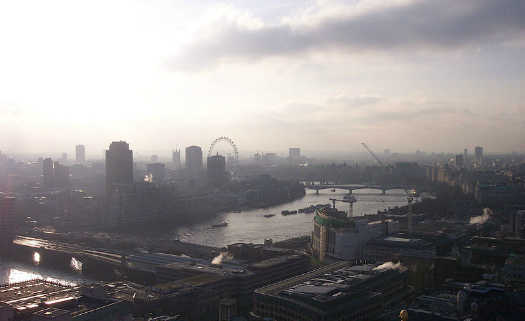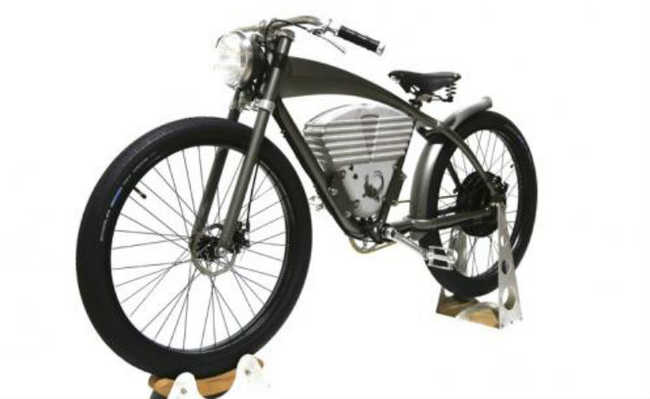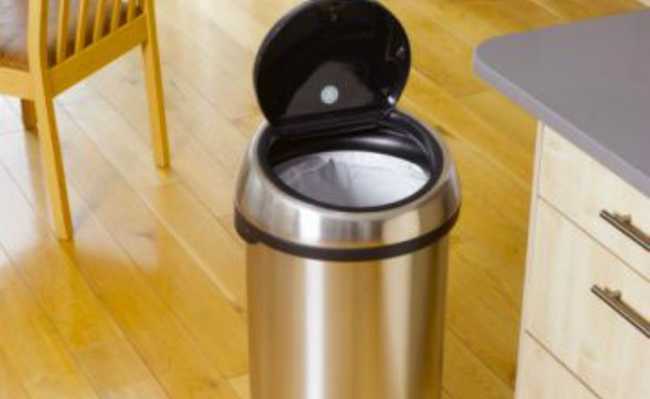Pranayama Breathing: Yoga Technique Can Be Very Beneficial
Yoga breathing technique, pranayama has its scientifically proven benefits.

Image: Boy practicing nadi sodhana pranayama breathing in the Gangi river. Edited and resized by José Antonio Morcillo Valenciano, it is available on Flickr
karma, tantra, yoga . These are some familiar terms here in the West, imported in the 1960s by people interested in Eastern spiritual issues, such as members of the Hippie Movement. Although yoga has already gained an Portuguese version, with i in place of y, the practice is still only very superficially known. Did you know that there are eight branches of yoga practice and that here in the West we usually only know two or three of them? One of these branches is the pranayama , a breathing technique of yoga that brings mind control, de-stresses and revitalizes - and whose benefits are already scientifically proven.
- Yoga practitioner has brain area associated with thicker memory
If you have already participated in any style of yoga activity (from aerobics poweryoga to the mysterious kundaliniyoga ), it is very likely that some benefits have been enjoyed by your body. So imagine if we practiced all eight existing steps?! An easy way to start expanding your knowledge of yoga is through the pranayama - name that sounds exotic, but which explains the benefits of this technique in Sanskrit.
meet the pranayama
prana
The word "prana" has several synonyms in different cultures: chi, ki, vital energy, breath of life, breath… In other words, it is what feeds life, in addition to the physical body.
O prana it doesn't come from anything that can be bought, like food or drink - it comes from the breath. That deep and calm breathing after a good physical activity; or when we are with a loved one; or when we sleep. The physical body may be fine, but it may be "anemic" from prana.
Yama
Yama it means, roughly speaking, way. The term refers to the rules of ethical conduct that make the real yogi.
One of these rules, for example, is ahimsa (another famous little word thanks to the Indian politician Mahatma Gandhi), which means non-violence. Examples range from not eating meat to not cursing when you are locked in traffic. And you'll only be able to control yourself, in those moments, by taking a deep breath and counting to ten, right?
That's why the name is pranayama : are the exercises to manipulate the breathing done during the class of yoga and that make the person more relaxed and healthy.
Here in the West, yoga it might even mean putting your ankle behind your neck on one leg, but yoga , in Sanskrit, means unity. Union with yourself and with your surroundings, bringing more peace and self-control.
Change in brain pattern
Science started to be interested in this ancient practice some time ago. In studies, it was found that breathing exercises of pranayama decrease oxygen consumption, heart rate and blood pressure. Through an electroencephalogram exam, which measures the intensity of electrical currents in the brain, an increase in the amplitude of cortical Theta waves was observed between one neuron and another (this is a specific type of brain waves present in the cortex).
Brain waves are classified with letters of the Greek alphabet and range from Alpha, Beta, Delta, Gamma and Theta. You've probably heard the term "alpha entered" which refers to the waves that operate in the brain when we are concentrated but in a relaxed state. Beta brain waves are those that combine the state of concentration with alertness. In this phase, the neurons transmit information to each other quickly, so the activity between them is high, ranging from 13 hertz (Hz) to 30 Hz.
The Alpha state, in contrast, is one of meditation and relaxation. Brain activity decreases, synapses can vary from 7 Hz to 12 Hz. The focus on awareness of the outer world, full of sensory stimuli that stir neurons, shifts to the inner world and, consequently, to breathing, in which it rarely we pay attention. Thus, anxiety is gradually abandoned. Breathing is the gateway to more internalized attention, to meditation, and also one of the main ways to maintain attention and be able to meditate for more minutes.
Theta waves, in turn, are even more relaxed brain states, ranging from 4 Hz to 7 Hz. It is the state of deep meditation, which is more common in young children - in adults, they are usually seen when you are in a state of sleep. Delta waves are those of regeneration, healing and deep sleep and have a frequency of 0.5 to 4 Hz. Their opposite are the Gamma waves, still little studied and which have a frequency above 40Hz (for now they have been associated with explosions of high-level information perception and processing).
Thus, among practitioners of pranayama , a greater activity of Theta waves was observed, responsible for a mental state of greater relaxation and concentration. Another observation made during the study was the increased activity of the parasympathetic system, accompanied by the experience of alertness.

The dominant hypothesis for the occurrence of these phenomena is that slow and deep breathing voluntarily practiced during the pranayama gives a “retread” on the autonomic nervous system.
This part of our brain works independently of us and controls vital activities of digestion, blood pumping, excretion and hormone output. It divides into the sympathetic and parasympathetic nervous systems, which work in harmony and in an opposite way. One corrects the excesses of the other.
The sympathetic, in general, stimulates more energetic actions, more yang (according to Chinese medicine) - it activates the body's metabolism. The parasympathetic person takes care of relaxing activities, the ying, such as reductions in heart rate and blood pressure.
Different exercises of pranayama activate different sectors of the autonomic nervous system. Practices range from breathing from just one nostril to breathing “through the belly”, manipulating the diaphragm. They can be fast enough to make you sweat or very slow. Anyway, it consists of three phases: Puraka, kumbhaka and reject. Inhale, hold and exhale, respectively.
In versions where the practitioner of pranayama retains air briefly, increases oxygen consumption and metabolic level. In exercises that retain air for a longer period, the opposite effect occurs, activating the parasympathetic. After a period of three months of practice, an improvement in the body's autonomous functions was proven.
Breathing from one or both nostrils increases the level of oxygen consumption, influencing the adrenal medulla (which produces adrenaline and noradrenaline, hormones that regulate blood pressure).
Although the presence of a yoga instructor is always recommended, it is not necessary to sign up for gyms: there are exercises that can be found on the internet, books and apps that offer step-by-step guided classes.See how a practical class of the technique of the pranayama:
If you were interested in the pranayama , be sure to seek this path for a lighter footprint. Namaste!










